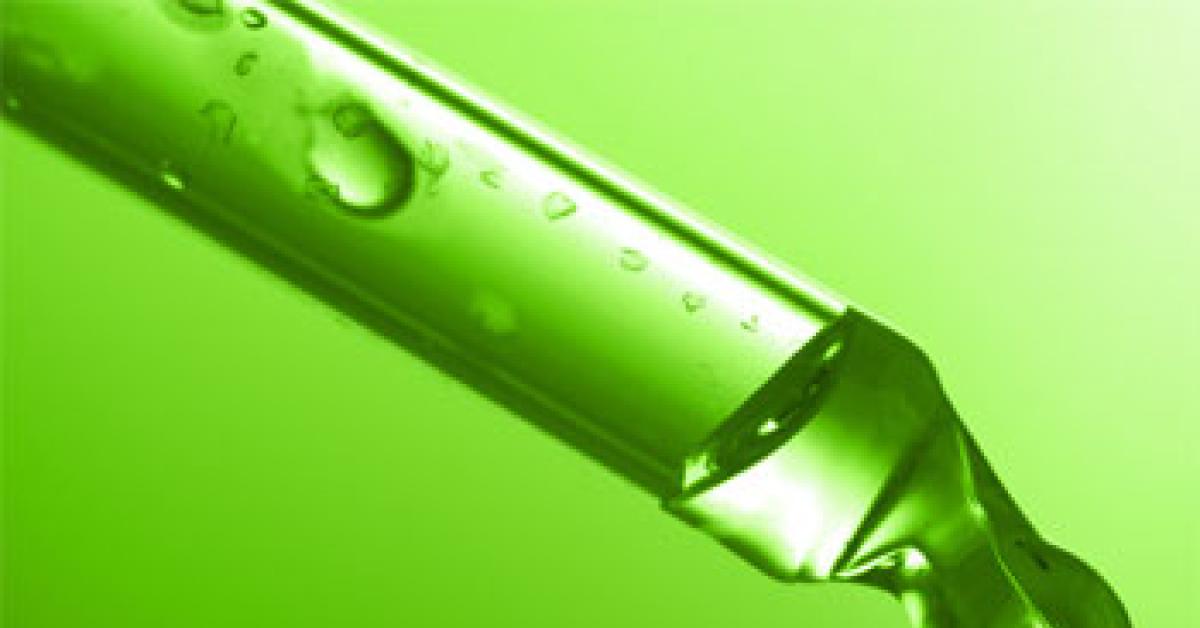CONCORD, N.C. — The last six years—the time during which I have written this column for American Drycleaner—have been interesting for the garment care professional. There have been new immersion solutions, new chemical tools for stain removal, and even some major advances in machine design. But the goal remains the same: textile restoration, for the consumer, at a profit.
There have been times when I have gotten the distinct feeling that I am going against the prevailing current, but working to exceed expectations has served me extremely well as a business model. I have some ideas about places where you can diversify your cash flow.
I have long been a supporter of the use of water in garment care. There are many items that can be cleaned easier, cheaper and with a reduced waste stream by using water. Today’s marketplace is filled with fine washables. A water care label and the available chemical tools give the industry a much-needed influx of sales.
Customers are buying and wearing “throwback” athletic gear. After that investment, the customer could use professional services to keep the item clean and looking pristine.
While casual dress has been seen in a negative light, cleaning and finishing embroidered-logo golf shirts can supply added cash to weekly sales.
Take a trip to the mall and look around at the number of screen-printed T-shirts around you—more untapped cash flow.
All of these garments are relatively routine to handle.
The embroidered golf shirts and the painted T-shirts can be turned inside-out and cleaned in water using a low-pH detergent and softener/conditioner. The throwback gear should be turned inside-out and placed in a net bag for cleaning. They should be hung to dry, overnight, on plastic hangers. Caring for throwback gear is a premium service, as the customer has an investment of both money and sentiment in those items. One or two runs in an inverter drive washer, with the proper chemistry, can add dollars to the cash register.
Another often-overlooked source of income is caring for wedding gowns. When you are able to impress the mother of the bride by restoring the wedding dress, you also gain a source of word-of-mouth advertising.
Little effort achieves little return. By applying all your expertise, a wedding dress, with its sentimental value, is an excellent source of additional income.
But gaining good results with a wedding dress requires effort. Effort implies time, and there are some business models that are based on using the least amount of time and effort to achieve some level of compensation. With wedding dresses, you should put in the time to restore the garment. This usually involves compensation, much like other services, based on time and materials.
Such a dress should be hung on a strong hanger and then extended to its full length for inspection and pre-spotting. This is done by placing a safety pin in the train at its longest point and then placing the safety pin over the neck of a hanger, then hanging the train in the extended position. With the tail/train hanging out of the way, place the bodice on the spotting board and pre-spot for perspiration, body oils and makeup. Hang the bodice with the dress in the extended position. Inspect the entire hemline and use a spray spotter and leveling spotter to treat the wax and dirt picked up during wearing.
A wedding dress of 100% polyester, with a care label mentioning water, is a good candidate for wet cleaning. After wetcleaning a wedding dress, it is best to hang the garment to dry under tension; this will greatly reduce the time needed to steam/finish the dress.
Many cleaners may have abandoned dry-side chemical tools, but that does not reduce the need to remove paint, glue and makeup. If you are continuing to use a manifested hazardous-waste service and your state or municipality has not specifically banned a chemical tool, you should feel little pressure to discontinue use at this late date. These chemically soluble stains have not disappeared, and the need to assist some of the alternative solutions in removing them has increased.
Use chemical tools that are compatible with your system, but keep in mind that the consumer is paying the bills. Environmental regulations must be obeyed. Stain removal will be quicker and less expensive when undertaken with knowledge and due diligence, not in the shadow of uninformed fear. The days of poor “housekeeping” are long gone, and reckless handling of chemicals can and will lead to contamination and fines. Be professional in all you do and give your customer professional results.
Complete and present your finished garments in such a manner that the competition will fear you, rather than you fearing the competition.
Have a question or comment? E-mail our editor Dave Davis at [email protected].

